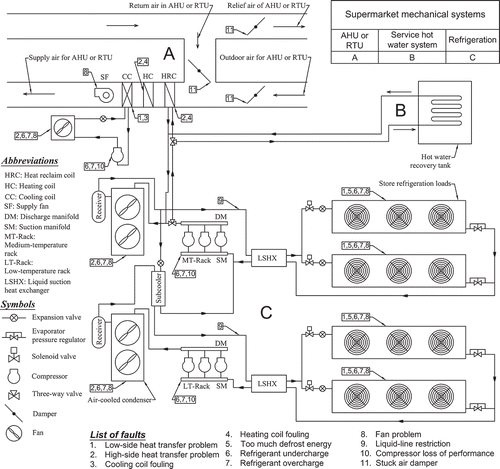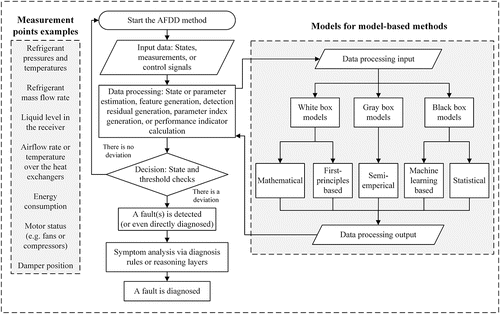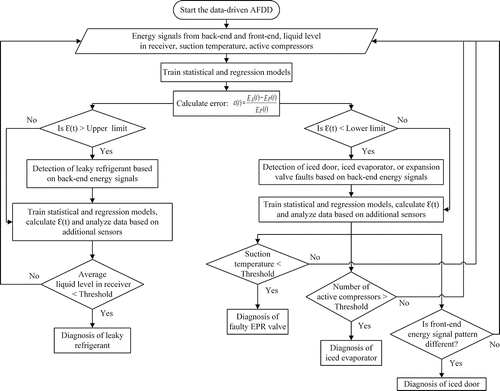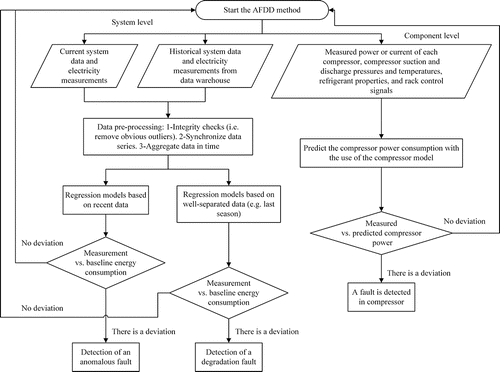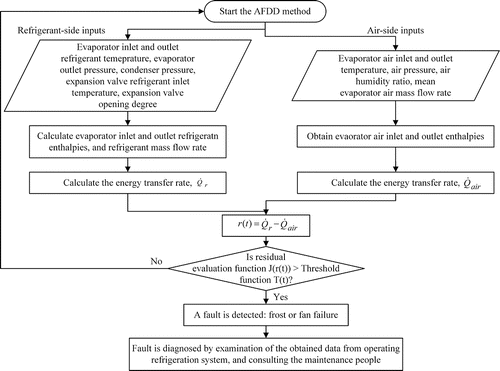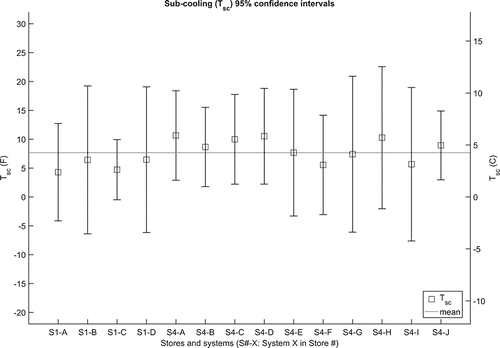Figures & data
Fig. 4. Data-driven AFDD method—First level of the detection on the left branch, and second level of the detection on the right branch.
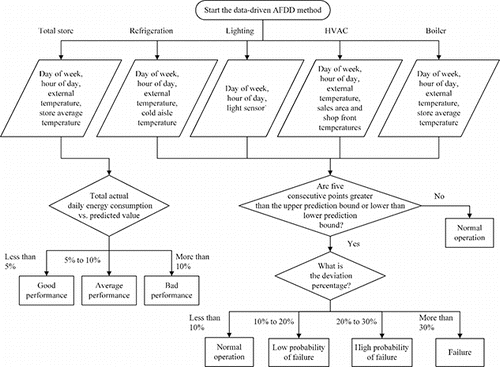
Table 1. Fault characteristics of two AFDD protocols for unitary air-conditioning systems with TEV and EEV.
Fig. 8. Store 4 System A. Outdoor air temperature, condensing temperature, and condenser split over a 1-year period.
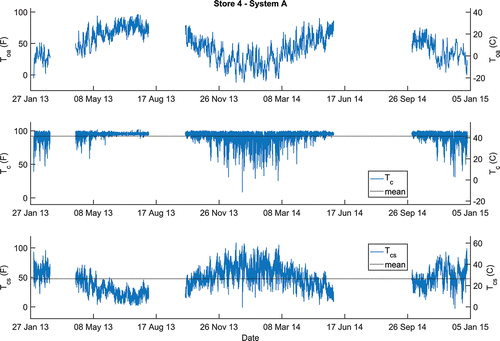
Table 2. Refrigeration system properties.
Fig. 9. Ninety-five percent confidence intervals for condenser split for 18 different systems in four stores.
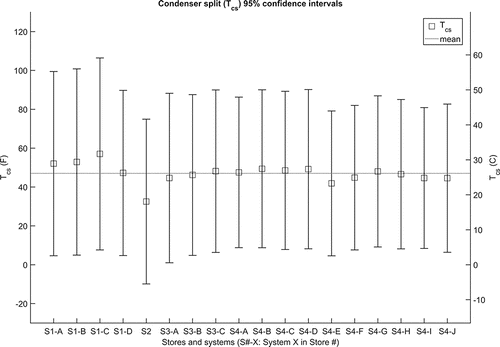
Fig. 10. Store 4 System A. Condensing temperature, drop-leg temperature, and sub-cooling for a 1-year period.


